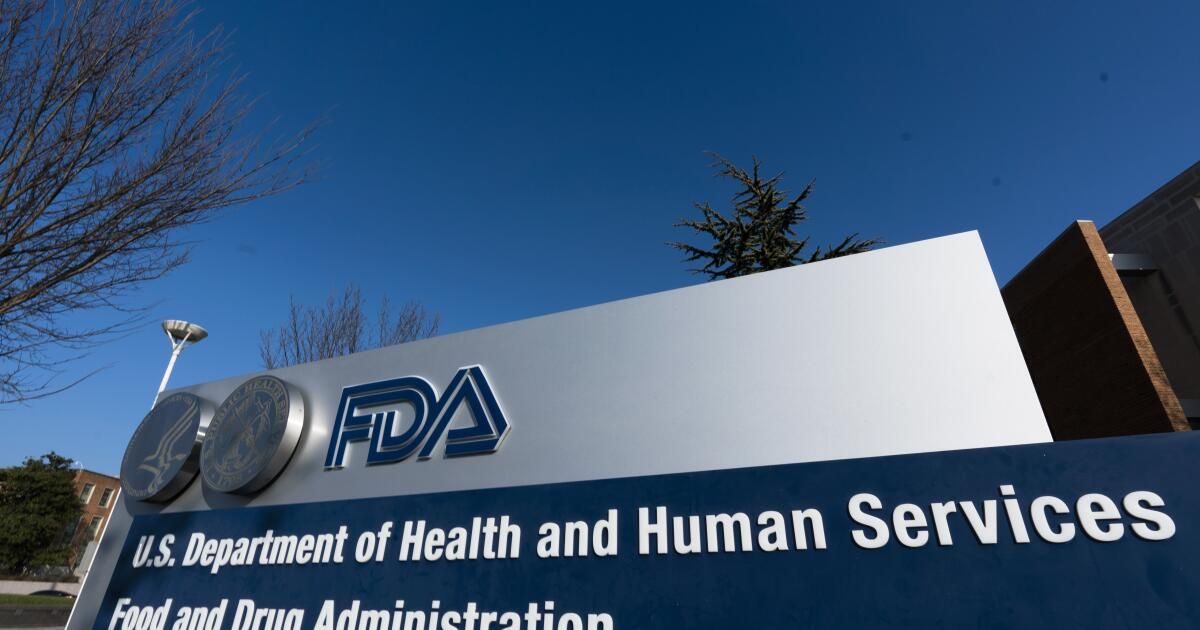I have been a medical oncologist for 40 years and have seen our treatments evolve to include precision medicine and immunotherapy, which can be less harmful to patients than conventional forms of chemotherapy. And yet, conventional cytotoxic chemotherapy (designed to target and kill rapidly dividing cells) remains a mainstay of cancer treatment for millions of patients worldwide.
Cytotoxic drugs kill cancer cells, but they also kill normal cells, leading to a range of serious and even fatal side effects. Bone marrow suppression, a common side effect of chemotherapy, reduces the number of white blood cells needed to fight bacterial infections. Chemotherapy can destroy cells lining the gut and around the mouth, making eating and even drinking nearly impossible.
These side effects are usually reversible as normal white blood cells are replenished, but in more severe cases they can be fatal if, for example, bacteria from the gut leak into the bloodstream through a weakened gut wall and the white blood cell count is too low to fight the infection. Sepsis in such a case could be catastrophic.
The toxic mortality rate, in which chemotherapy is directly responsible for a patient's death, can range from 0.5% to 3.1%, but has been reported to be as high as 13%, depending on the intensity of the chemotherapy regimen, the age and physical condition of the patient, and their genetic makeup.
We can reduce this terrible outcome with greater use of pharmacogenetics, which studies how our genes affect how we respond to drugs in terms of toxicity and efficacy. It is increasingly possible to design genetic tests that can indicate whether an individual is prone to very serious side effects. This would allow health care providers to tailor doses to avoid the worst risks of chemotherapy drugs and reduce the number of patients facing potentially life-threatening side effects.
A prominent example is two related and widely used cancer drugs, 5-fluorouracil or 5-FU and capecitabine (which works like 5-FU), which are often used to treat colorectal, breast, stomach, and pancreatic cancer.
In the United States, around 275,000 patients Cancer patients receive 5-FU every year. Up to 25% of these patients require hospitalization due to serious side effects, and it is estimated that more than 1,300 patients die each year due to the drug's toxicity.
Side effects are more severe in patients with low levels of dihydropyrimidine dehydrogenase, an enzyme produced in the liver that breaks down 5-FU in the body. This enzyme, also known as DPD, is usually caused by inherited changes in a particular gene. There are now internationally accepted dosing guidelines for 5-FU, adjusted based on the results of genetic testing for DPD, ranging from avoiding the drug altogether (the risk of death is high) to conventional dosing.
While DPD genetic testing is not perfect (it may miss some patients), it has been shown to save lives, reduce the number of patients admitted to hospitals, and lower health care costs.
In the UK, the National Health Service now requires all new patients receiving 5-FU or capecitabine to undergo some form of pharmacogenetic testing, a policy change that was driven by pressure from bereaved families and advocacy from professional medical societies.
In March, the U.S. Food and Drug Administration Approved changes to safety labeling As for DPD deficiency for 5-FU, but that alone is not enough. He did not issue a national policy requiring pharmacogenetic or related testing to detect the problem.
The National Health Service is a good example that the FDA could follow. Mandating a simple genetic blood test could help cancer patients get the care they need and better protect them from the medical tragedies that can result from the treatment itself.
David Kerr is a professor of cancer medicine at the University of Oxford in Britain.











